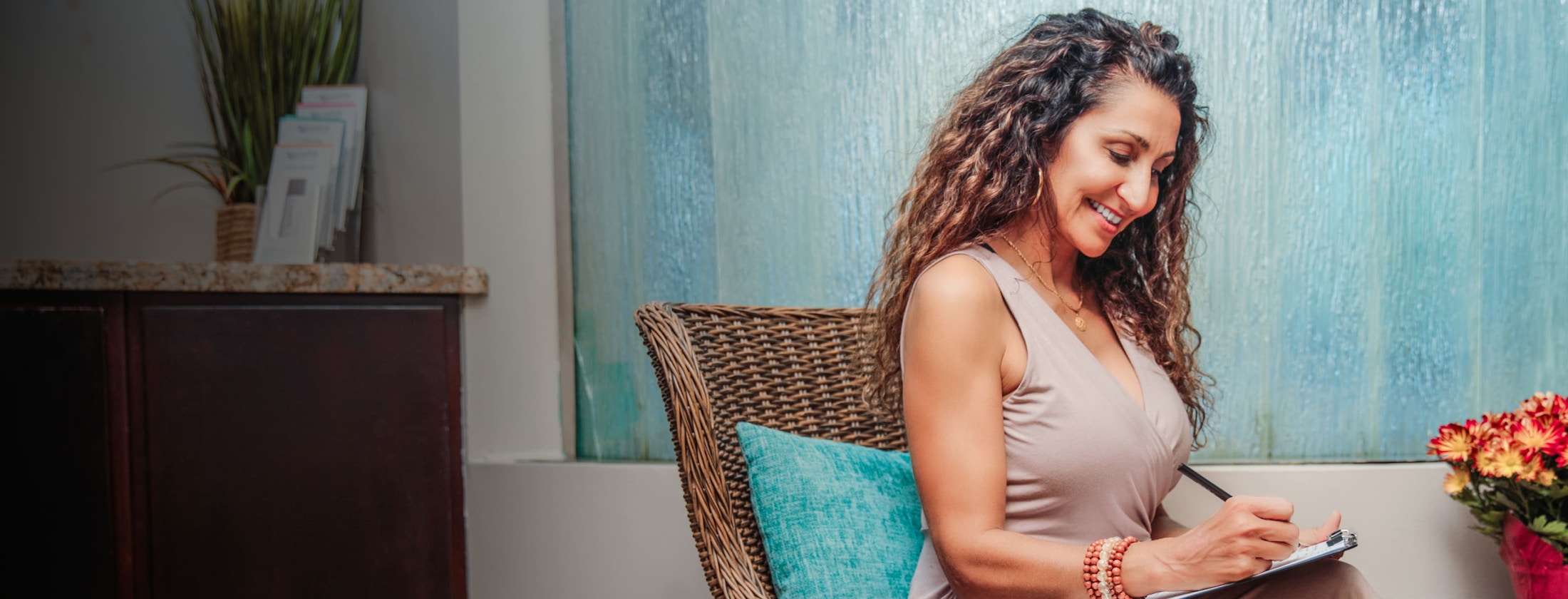What is the difference between BOTOX and fillers?
BOTOX (Allergan Aesthetics) is a neuromodulator that is injected into a muscle group to stop the muscle(s) from contracting. By stopping or reducing your muscle activity you will reduce and prevent your “expression lines” such as crow’s feet, frown, forehead lines and marionette lines. Fillers are substances that are injected under the skin (either above or below the muscle) to bolster up an area where volume has been lost. Some clients may achieve the results they desire with BOTOX, while some will need filler. Some clients will benefit from both BOTOX and filler. It’s always best to consult with a well trained and experienced injector before you make any decisions.
What are the advantages of using injectable fillers?
At Moradi MD, we use injectables that are all natural and carry less risk of reaction. Restylane®, Radiesse®, Restylane Lyft (Perlane®) help replace your natural collagen and soften facial lines and scars with immediate results that can take years off your appearance for a refreshed and beautiful you!
What can I expect from my injectable treatment?
You will notice a softening effect on the treatment areas. Lines will be smoothed, wrinkles minimized, and scars will become less noticeable. Your results will last from six to twelve months, depending upon treatment. Be sure to schedule your retreatment in advance to maintain the smooth, refreshed look.
How do I get started with my first injectable treatment?
Your first step is to schedule a complimentary facial rejuvenation consultation. After discussing your options, you and your doctor will choose the best filler for your cosmetic goals.
How does Sculptra work?
Unlike a hyaluronic acid-based filler, Sculptra’s active ingredient is PLLA (poly-L-lactic acid). This biocompatible synthetic lactic acid, when injected deeper into the skin tissues, triggers natural collagen production. With age, the skin stops producing collagen at the same rate, leading to thinning, sagging skin, and the development of wrinkles and lines. The effects of Sculptra appear entirely natural, as rather than adding volume with a gel filler, the skin becomes smoother, firmer, and more supple as it regenerates natural collagen fibers. The full effect of this advanced injectable requires about four to nine months to appear, lasting about two years before another series of injections is needed.


